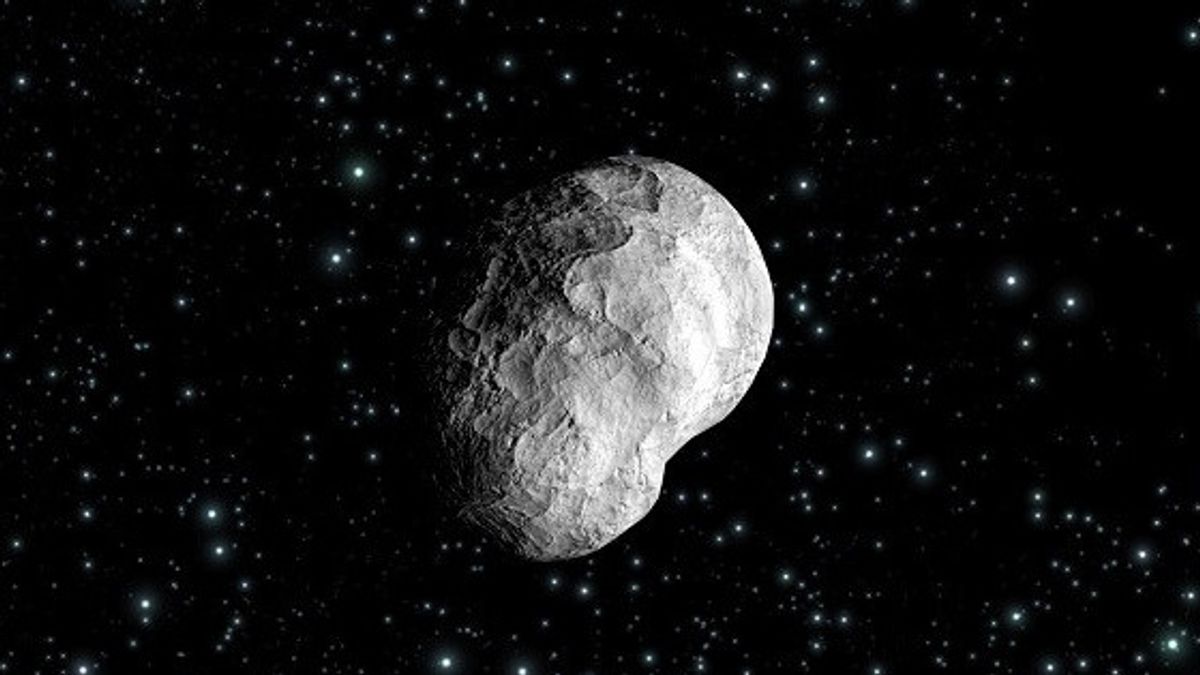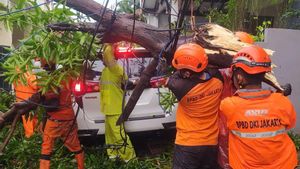JAKARTA - In the last decade astronomers have discovered 30.039 asteroids perched near Earth. This discovery is thanks to advanced technology that is able to detect the celestial body quickly.
"Most of these were discovered in the last decade, showing how our ability to detect potentially risky asteroids is rapidly increasing," the European Space Agency (ESA) said in a statement.
An asteroid can be classified as near-Earth or NEA because it is a rocky body orbiting the Sun in a path that brings them close to Earth's orbit, and some have the potential to crash into the planet.
The ESA explained, when its trajectory brought it within 1.3 astronomical units (AU) of the Sun. One astronomical unit is the distance between the Sun and Earth (93 million miles) so many are still quite far from the planet.
Fortunately, experts can detect their position and whether they will hit Earth for hundreds of years.
"New objects are observed over time, their motion is studied and with just a few data points from different nights their future position can be predicted. Depending on the number and quality of observations, this can extend decades, even hundreds of years into the future," he said. astronomer at ESA's Near-Earth Objects Coordination Center, Marco Micheli.
NEA makes up about a third of the one million asteroids discovered so far in the Solar System. Most of them are in the asteroid belt between Jupiter and Mars.
SEE ALSO:
Of the 30.039 NEA, it is estimated that there are about 10.000 that are more than 460 feet in diameter, and 1.000 that are larger than 3.280 feet in diameter.
The first NEA discovered was called 433 Eros by German astronomer Carl Gustav Witt at the Berlin Observatory on August 13, 1898. 422 Eros is known for its odd shape, elongated shape and rocky composition, the asteroid's orbit takes it to a distance of about 13.5 million miles from Earth, 57 times the distance of the Moon.
In addition to being the first to be discovered by the NEA, 433 Eros became the first asteroid to be orbited by a spacecraft and the first to land on it.
It was the NEAR Shoemaker that studied Eros from close orbit for a year before landing on its surface in February 2001.
In an effort to address the asteroid threat, NASA established a planetary defense program that includes the Double Asteroid Redirection Test (DART) mission.
DART launched from California in November and finally completed its 10-month journey when it hit the asteroid Dimorphos last month.
The English, Chinese, Japanese, Arabic, and French versions are automatically generated by the AI. So there may still be inaccuracies in translating, please always see Indonesian as our main language. (system supported by DigitalSiber.id)














